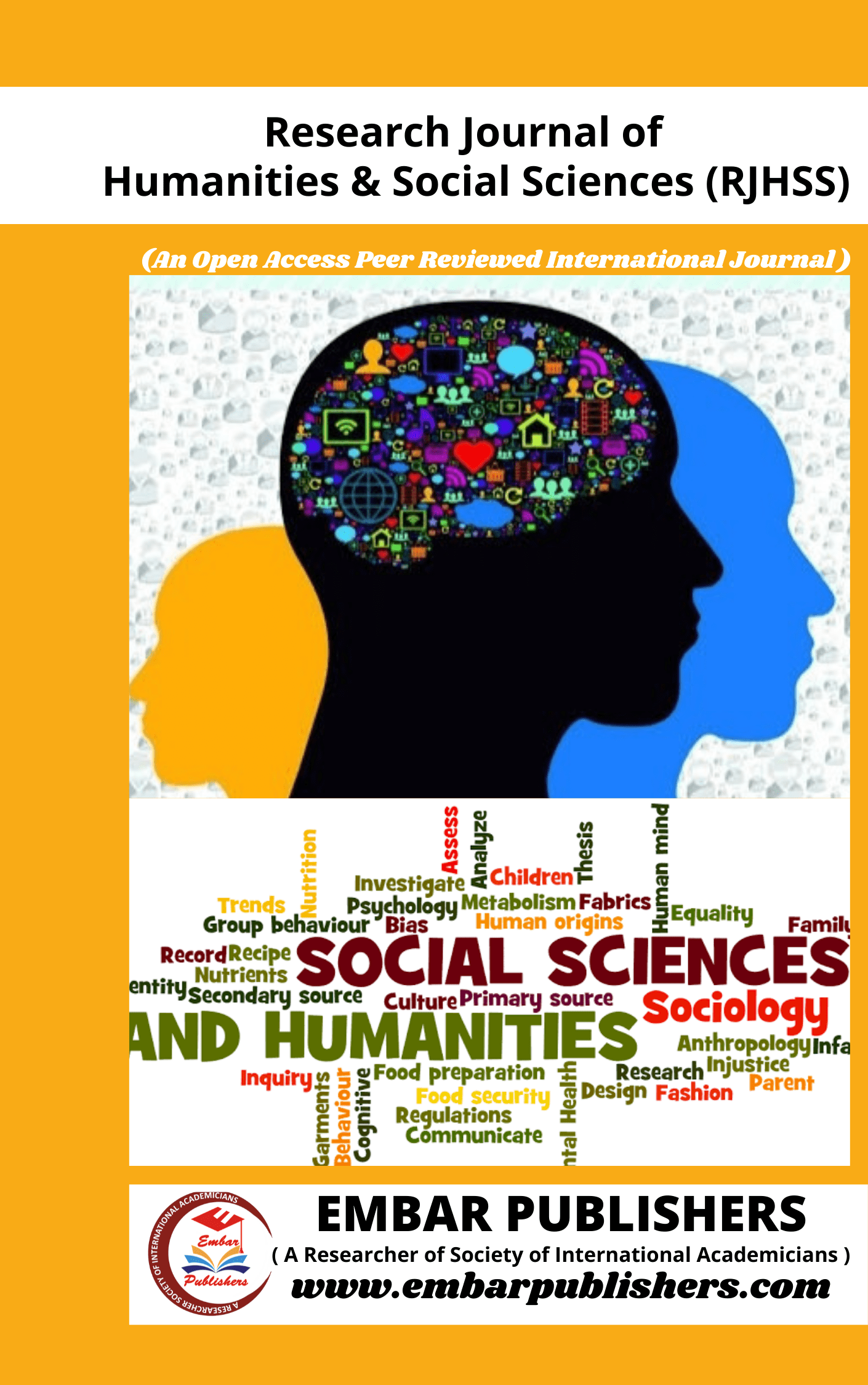
Constitutional Provisions and Welfare Policies for the upliftment of Scheduled Castes
Dr. Neelam
Dr. Neelam
Published Date: 20-Feb, 2021
Keywords: Scheduled caste, Constitutional Provisions, Reservation Policy, Welfare Schemes.
Abstract:
The Indian Constitution, through its progressive provisions, aims to ensure social justice and equality for historically marginalized communities, particularly Scheduled Castes (SCs). This paper examines the constitutional safeguards, affirmative action policies, and welfare schemes designed for the upliftment of Scheduled Castes. It evaluates the effectiveness of these measures in addressing socio-economic disparities and suggests reforms for better implementation. Despite constitutional safeguards and progressive laws, crimes and human rights violations against Scheduled Castes remain pervasive in India. Despite all the welfare schemes and policies to ensure social equality, there is hardly any impact on the mindset of upper castes. There is emerging need to take suitable preventive measures to curb these abuses, violations and crimes against SCs.
References:
1) M. S. Deshpande, “History of the Indian Caste System and its impact on India today”, Project of Social Science Department, California Polytechnic State University, San Luis Obispo, 2010.
2) G. S. Ghurye, “Caste and Race in India”, Popular Prakashan, Bombay, 1969.
3) Brian K. Smith, “Classifying the Universe: The Ancient Indian Varna System and the Origins of Caste”, New York: Oxford, 1994.
4) Joti Sekhon, “Modern India”, Boston: McGraw-Hill, 2000.
5) Ghanshyam Shah et.al, “Untouchability in Rural India”, Sage Publications, New Delhi, 2006, p. 32-33.
6) E. S. Yurlova, “Scheduled Castes in India”, New Delhi, Patriot Publications, 1989.
7) T. Sukadeo, “Oppression and Denial: Dalits Discrimination in the 1990s”, Economic and Political Weekly, vol. 37, no. 6 (2002) p. 573.
8) A. Ramaiah, “Growing crimes against Dalits in India despite special Law …”, Journal of Law and Conflict Resolution, vol. 3 (9), pp. 151-168, November 2011
9) A. Vengateshwaran& M. Velusamy, “Atrocities against Dalits: Make them weak and remain as”, American International Journal of Research in Humanities, Arts, and Social Sciences, 18 (2), 2017, pp. 120-122.
10) A. Chakraborty, D. S. Babu, M. Chakravorty, “Atrocities on Dalits: What the District Level Data Say on Society-State Complicity”, Economic and Political Weekly, 41-24, (2006) 2478-2481.
11) S. Saikia, “Discrimination of Fundamental Rights: A critical review on the present caste-based status of Dalits in India”, Journal of Social Welfare and Human Rights, vol. 2 (1), 2014, pp. 41 - 55.
12) “Atrocities on Dalits in Rajasthan”, Status report under SC & ST (Prevention of Atrocities) Amendment Act 2015 from January 2016 to March 2017.
13) C. Vengateshwaran and M. A. Velusamy, “The Unchanging Caste Mind: Cycle of Violence against Dalits -Today and Tomorrow”, International Journal of Innovative Knowledge Concepts, vol. 5(7) 2017, pp. 28 - 31.
14) J. Singh and G. Vashishtha, “A critical insight on status of Dalit women in India”, International Journal of Research and Analytical Reviews, vol. 5, issue 3, 2018, pp. 337 -342.
15) A. Seilan, “Human Rights Violation against Scheduled Castes in India”, Paper presented in the National seminar on “Human Rights of Women and Children of Scheduled Caste in India”, 27-28 Feb. 2012.

ISSN(Online): 2945-3968
Publisher: Embar Publishers
Frequency: Bi-Monthly
Chief Editor: Dr N.L.N Jayanthi
Language: English
